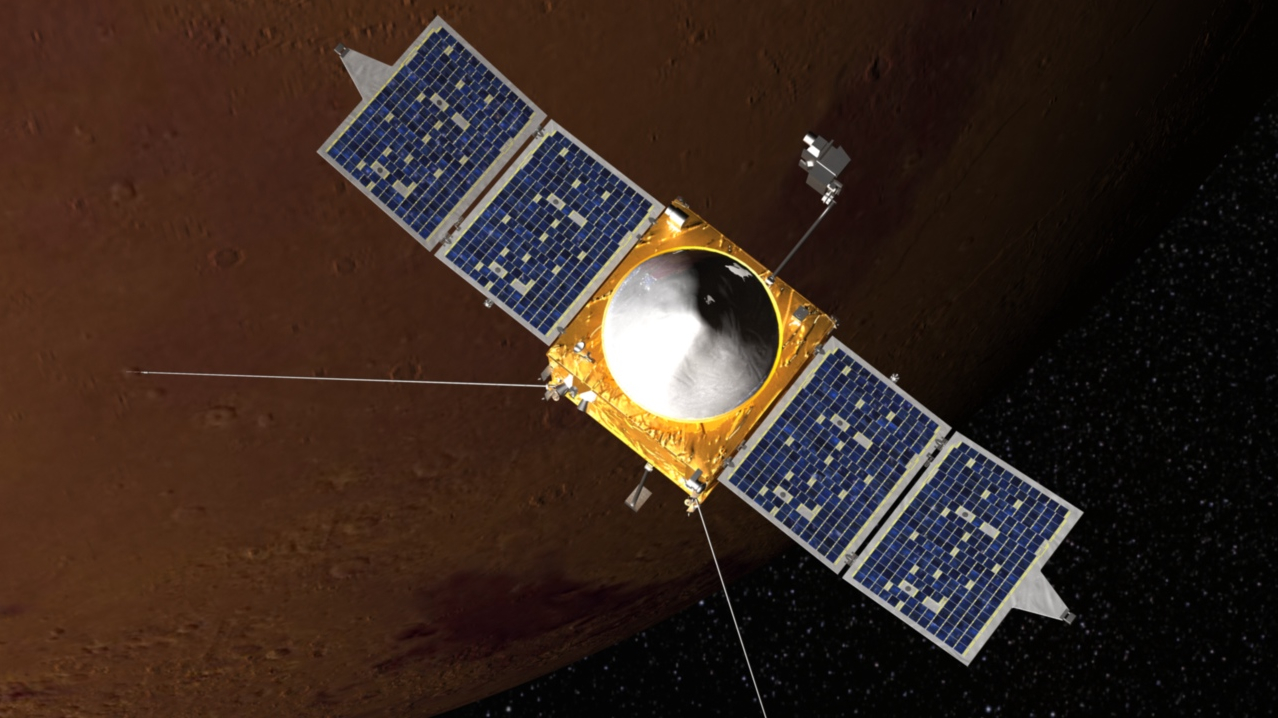Two trips to central Florida and the Kennedy Space Center in late August and early September with launch tickets in hand have unfortunately resulted in two scrubbed launch attempts of NASA’s first spaceflight of the Artemis Program.
Known as Artemis I, technically a flight test of the new Space Launch System (SLS) rocket that NASA will use to get back to the Moon. This mission, if all goes as planned, should last 25.5 days and will take the unmanned Orion spacecraft to the Moon for a series of orbits and then back to Earth. Artemis I is the first in a series of increasingly complex missions that will enable human exploration to the Moon and Mars.


So why were the launch attempts scrubbed? An issue with one of the RS-25 engines not reaching adequate temperature halted one. The RS-25 rocket engines are the same powerplants once used by the Space Shuttle. They are the three big engines found on the back of the orbiter. There are four that are used on the SLS. Leaks during the fueling process caused the other attempts to be scrubbed. Then Hurricane Ian popped up on the radar and it was decided to call in the massive crawler to move the rocket stack back to the Vehicle Assembly Building to ride out the storm. As of this writing that is where Artemis I sits today.
However, things are starting to spin back up after Ian demolished much of the west coast of Florida and NASA announced today that the next attempt to launch Artemis I will come very early on Monday, Nov. 14 during a 69 minute launch window which opens at 12:07 a.m. EST. NASA has said that they plan to transport the rocket back to Launch Complex 39B as early as Friday, Nov. 4.
The gallery above contains a few shots of Artemis I as seen from the Apollo Saturn V Complex at KSC and from across the Indian River in Titusville, FL.









 Interest in watching for satellites has really increased over the past decade mainly due to the International Space Station being assembled in orbit, growing in size and brightness, etc. The amount of hardware orbiting over head has also increased. With all this stuff circling around above, your chances of seeing one of these spacecraft glide across the pre-dawn or evening sky only increases. Perhaps you’ve seen a “moving star” yourself and wondered what it might be? An airplane perhaps? But wait, there were no navigation lights blinking to give it away. Maybe it was a UFO? Chances are what you saw was a satellite silently sweeping across the sky, and possibly looking down at you.
Interest in watching for satellites has really increased over the past decade mainly due to the International Space Station being assembled in orbit, growing in size and brightness, etc. The amount of hardware orbiting over head has also increased. With all this stuff circling around above, your chances of seeing one of these spacecraft glide across the pre-dawn or evening sky only increases. Perhaps you’ve seen a “moving star” yourself and wondered what it might be? An airplane perhaps? But wait, there were no navigation lights blinking to give it away. Maybe it was a UFO? Chances are what you saw was a satellite silently sweeping across the sky, and possibly looking down at you.



